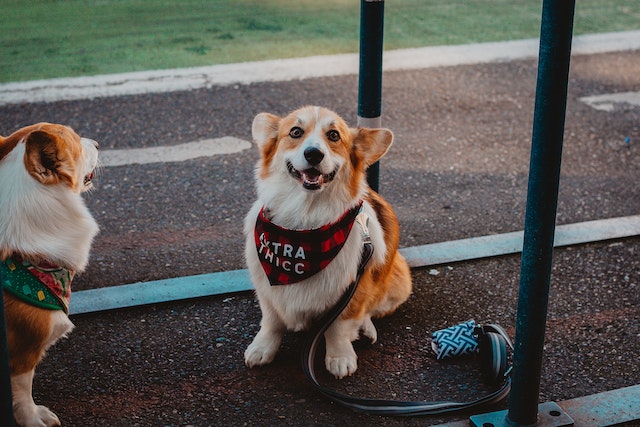How do I get my small dog to walk on a leash?

There are several methods to train a small dog to walk without pulling, but the common point in all training is simple: appropriate behavior gets rewarded, and inappropriate behavior doesn’t. In this case, walking without pulling on the leash is appropriate, while pulling on the leash is not.
Rewards for appropriate walking include praise and food treats. What about inappropriate walking? When your small dog pulls on the leash, you need to stop in your tracks until the leash is loose again. Then, praise your dog and continue walking. Additionally, you can let your dog know who’s in charge by walking in the opposite direction whenever it pulls. If it persists in pulling, you should say “no” but without overreacting. Praise it loudly when it loosens the leash as desired to express your love.
How do I get my small dog to walk on a leash?
Most puppies will resist the collar and leash by rolling, scratching, and lying down. Don’t give up. Don’t lose patience over temporary setbacks, and don’t let your dog wander around without being leashed. If you do so, you’ll soon have an uncontrollable dog.
Buy a flat, lightweight nylon or buckle-style collar and a 4-6 feet leash of the same material.
Put the collar on your small dog without attaching the leash, and praise and reward any signs of acceptance while ignoring attempts to escape. Next, attach the leash and let your dog walk while dragging the leash, carefully observing and stopping it if it starts chewing on the leash. With patience and timely rewards, your pet will become more accepting of new things.
Finally, pick up your end of the leash and let your dog explore. However, after the introduction, even the tiniest impulse should be controlled to meet your expectations.
Training with a collar is more suitable for teaching older puppies or adult dogs. Perhaps the most effective and humane passive training device is a head halter, which even experienced dogs quickly learn to walk well with. Additionally, there’s a collar currently in frequent use called the “choke chain,” which tightens around the dog’s neck to achieve a punishing effect.
When the dog pulls on the leash, the handler should gently “pull” on the leash and then immediately release it. This way, you can promptly and decisively “correct” (or more accurately, punish) the dog. Many people believe that dogs reduce pulling behaviour due to choking. Countless animals have learned to live under this choking device, walking forward while coughing and being restless but never learning to slow down. The humanity of using choke chains has recently been questioned. Many people argue that they should not be used on small puppies, toy breeds, or dogs with tracheal and other neck issues.
